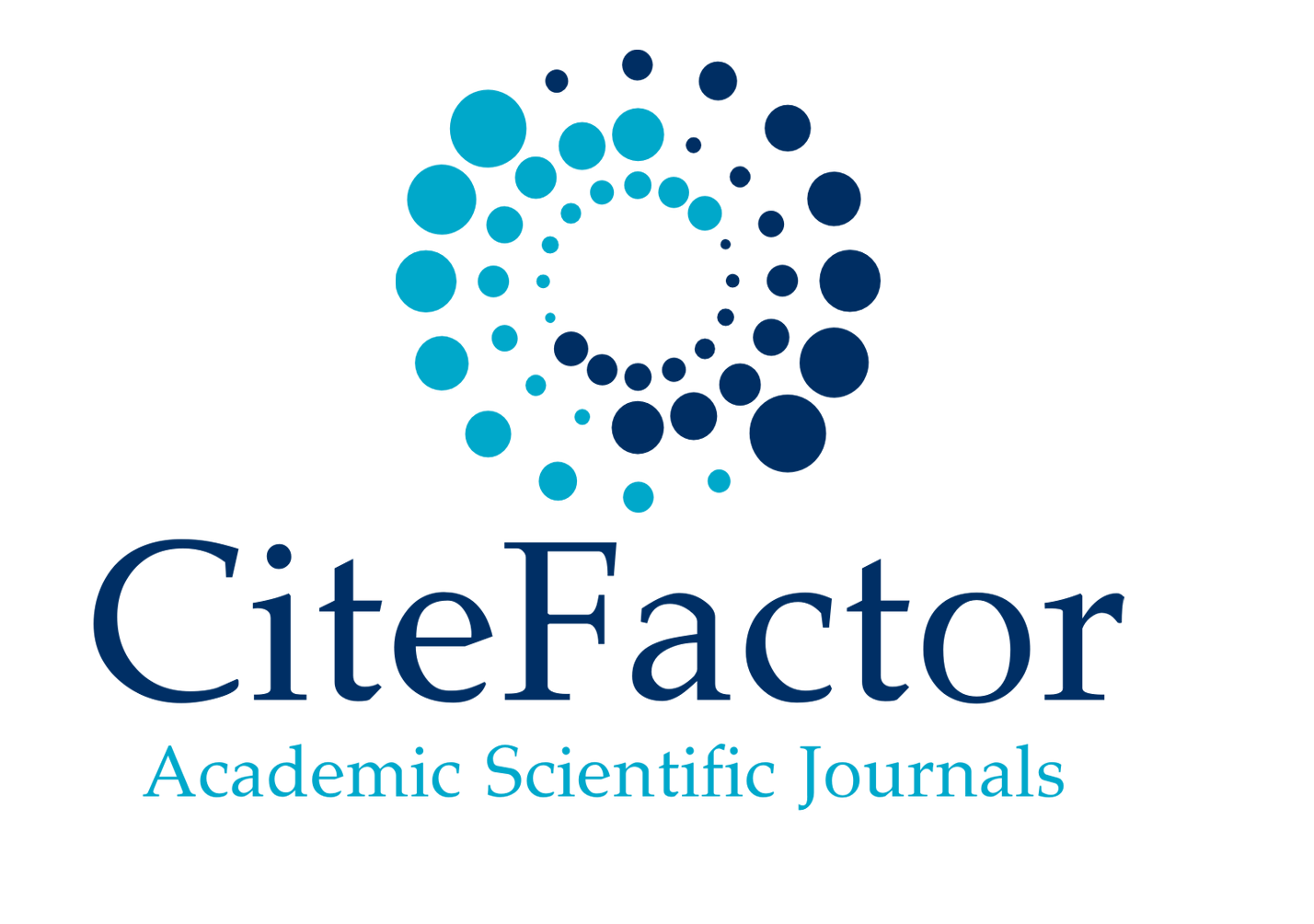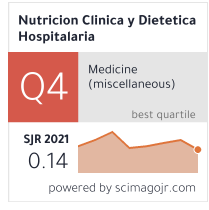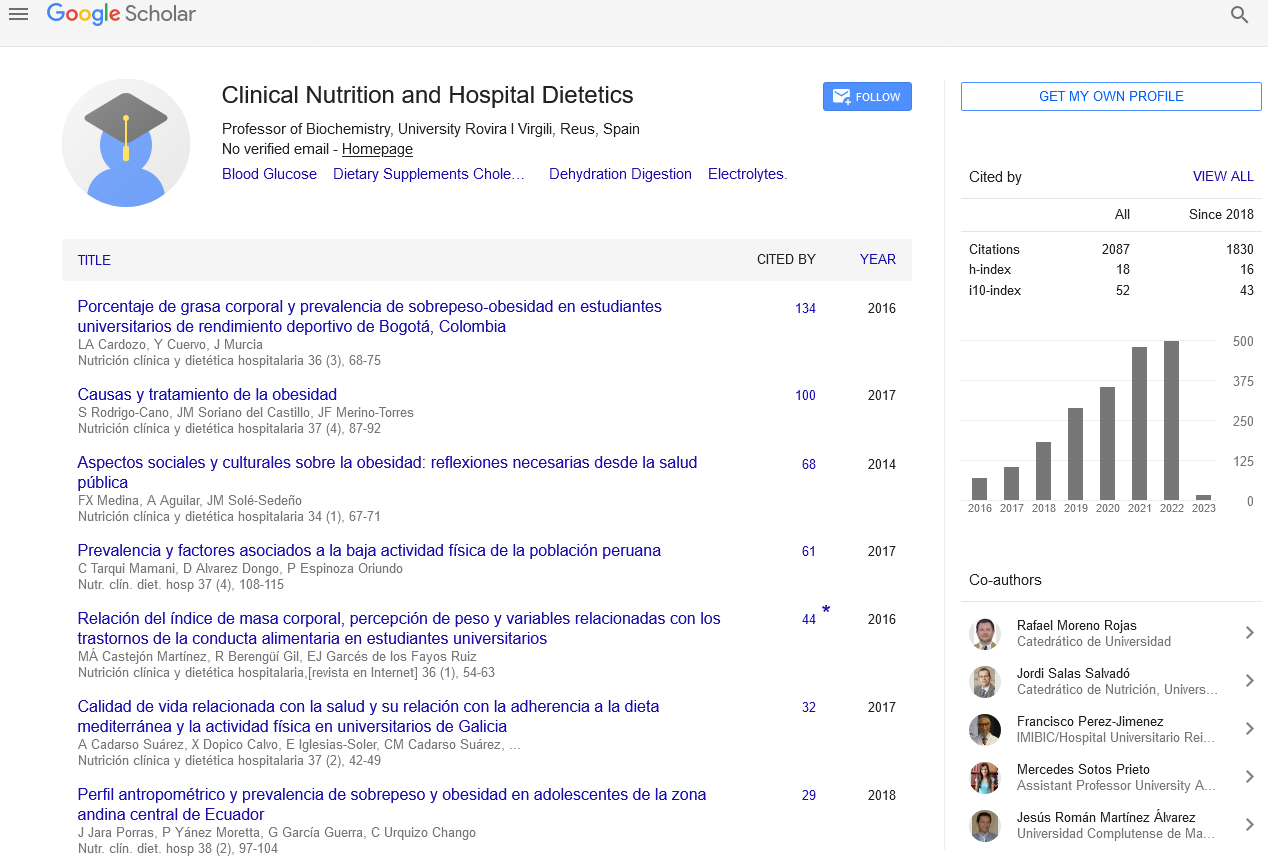Abstract
Preoperative nutritional risk through total lymphocyte content, serum albumine levels and strongkids tribal tool in children submitted to cardiac surgeries
Author(s): Lima da Silva, J├â┬ęssica Cristina Guedes; Raposo Miranda, Simone; Vieira de Melo, Camila Yandara Sousa
Introduction: Malnutrition in patients with congenital heart disease increases the risk of postoperative compli - cations. The lymphocyte count is influenced by nutri tional status and hypoalbuminemia leads to a higher risk of hospital morbidity and mortality. STRONGKids nutritional screening identifies nutritional risk by allowing early and adequate intervention. Objective: To evaluate the nutritional risk of pediatric patients submitted to cardiac surgeries by different methods.
Methods: A longitudinal study was conducted between March and October 2015 with 49 children and adolescents between 1 month and 15 years of age hospitalized for cardiac surgery. For biochemical data, total lymphocyte counts and serum albumin levels were considered. For the nutritional risk the STRONGKids tool was applied. Classical anthropometry (weight, height, triceps skinfold and brachial circumference) and nutritional diagnosis by anthropometric indicators (WHO, 2005/2006) were performed. Statistical analysis was performed by SPSS software version 22.0. The results were significant when p <0.05.
Results and discussion: The median age was 37 months, (2 to 197 months, IQ: 54, 3 months), being 65.3% younger than 60 months. The total lymphocyte count and serum albumin levels did not reflect the nutritional status of the individuals evaluated. Most malnourished patients (38.5%) had normal levels of serum albumin (p = 0.411), but it is known that albumin is not a good marker of nutritional status due to low sensitivity in the acute phase of malnutrition. Malnourished patients did not present depletion according to the total lymphocyte count (p = 0.061). The screening score presented a positive relation with admission anthropometry (p = 0.004).
Conclusion: The non-association between concentration of albumin and lymphocytes with nutritional status by anthropometry leads us to believe that these biochemical methods are impractical for this purpose. The STRONGKids screening did not differentiate nutritional risk in the evaluated population. Further studies should be performed to better accompany this population group.
Google Scholar citation report
Citations : 2439
Clinical Nutrition and Hospital Dietetics received 2439 citations as per google scholar report
Indexed In
- Google Scholar
- Open J Gate
- Genamics JournalSeek
- Academic Keys
- JournalTOCs
- ResearchBible
- SCOPUS
- Ulrich's Periodicals Directory
- Access to Global Online Research in Agriculture (AGORA)
- Electronic Journals Library
- RefSeek
- Hamdard University
- EBSCO A-Z
- OCLC- WorldCat
- SWB online catalog
- Virtual Library of Biology (vifabio)
- Publons
- MIAR
- Geneva Foundation for Medical Education and Research
- Euro Pub
- Web of Science
Journal Highlights
- Blood Glucose
- Dietary Supplements
- Cholesterol, Dehydration
- Digestion
- Electrolytes
- Clinical Nutrition Studies
- energy balance
- Diet quality
- Clinical Nutrition and Hospital Dietetics




